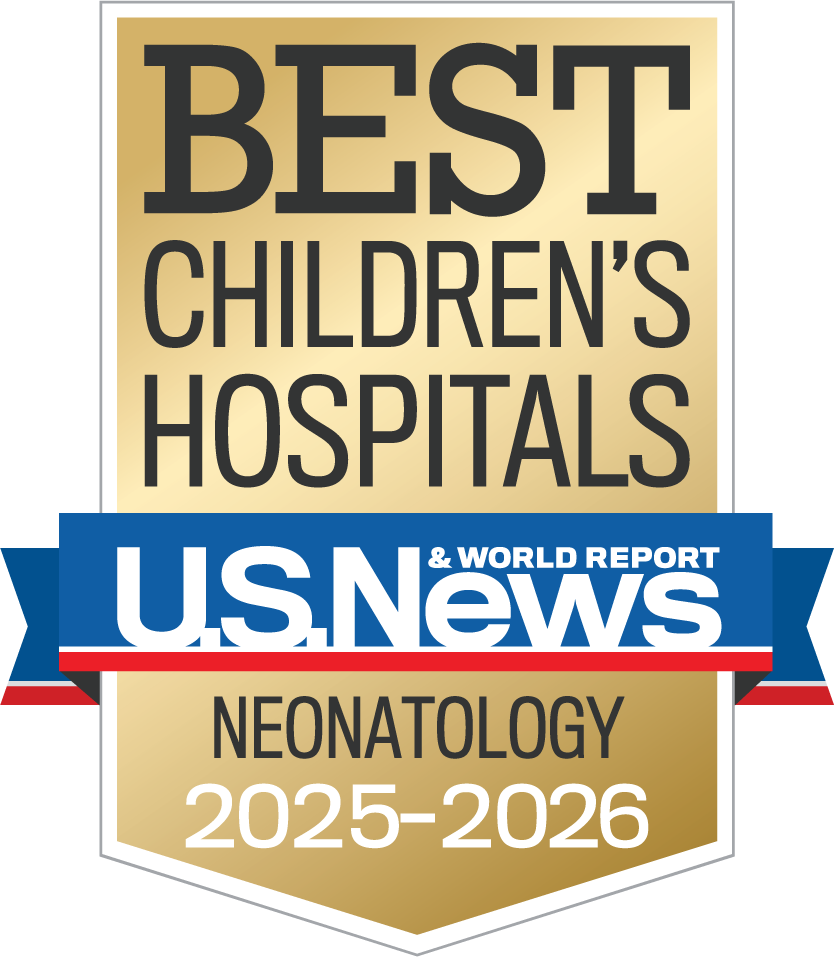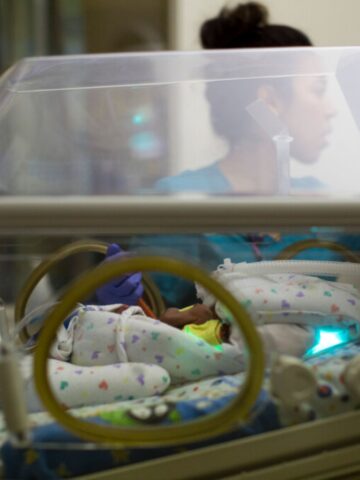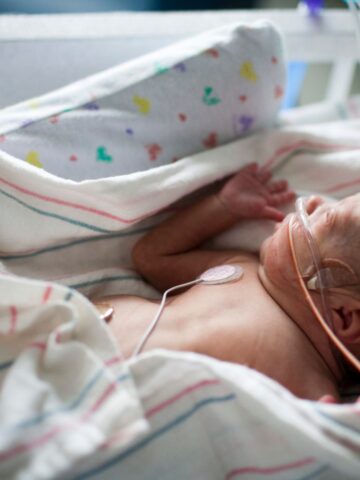CHOC is proud to have played a role in the changing face of neonatology over the past few decades, particularly in the field of medical device improvement.
“The culture of CHOC is one of continuous quality improvement, whether that is traditional clinical research or improving the environment of care,” says Dr. John Patrick Cleary, associate director of the Cardiac NICU at CHOC. “Just because there are technological advances, I am not going to automatically assume that it’s better. I want to validate that it’s better so that we don’t create harm for a baby.”
Blood oxygenation levels and the NICU
One ongoing focus has been on perfecting ways to noninvasively monitor blood oxygen and hemoglobin levels in newborns. Last year, Irvine-based medical technology company Masimo approached CHOC and proposed a novel way to use pulse oximeters not to just measure how much hemoglobin is oxygenated but also how much total hemoglobin is in the blood. Masimo personnel estimated they could detect the accuracy within one point, raising the possibility of a noninvasive way to detect anemia — especially important for premature babies who don’t get frequent blood draws.

“We established a system to track when any baby would have a blood draw, and at the same time, we would bring the monitor and place it on the child for the 10 or 15 minutes before and after the blood draw,” Dr. Cleary says. “Then we compared the Masimo device’s hemoglobin measurement with the lab’s results, and we had a strong correlation within half to one point. Although of course blood counts will always be the gold standard, this allows us to have a solid estimate of a baby’s hemoglobin. If it appears normal, then it saves them unnecessary blood sticks, and if it appears low, then we know to do a blood draw, even if perhaps we weren’t planning on it.”
The technology was tested on approximately 120 patients, providing great insight for both CHOC’s neonatology program and Masimo.
Ongoing research for better results
Currently, CHOC is working with Masimo to determine whether new software for measuring blood oxygen levels in sick newborns is more accurate than prior technology.
“When a pulse oximeter is used on the sickest babies with extremely low blood pressure or oxygen levels, we observe less reliable readings, and Masimo hopes this new software will achieve more accurate results in those populations,” Dr. Cleary says. “To ensure accuracy, we will perform comparison studies, with the focus mostly on very sick full-term babies, with some preemies included as well. I think that this present work will span many months because we’ve already made one pause and adjustment in the software since we started, but there’s always a new research project around the corner.”
A two-way street to improve care
The CHOC partnership with Masimo goes above and beyond testing new technology to make sure it works.
“With Orange County being such a center of medical technology, we try to build relationships with companies that make their products better, safer and more effective for our patients,” says Dr. Cleary. “That’s why we have partnered with Masimo for around 25 years. Our long-term relationship creates more opportunities as well as more nuance to ensure the best treatment.”
Unlike traditional research trials, the collaborations between CHOC and Masimo are not focused on publishing or presenting research — although that has certainly happened over the years.
“Our main goal is to validate new technologies and to ensure their accuracy, safety and effectiveness in our patient population,” Dr. Cleary says. “We want to have a collaboration that benefits families, and especially our most vulnerable patients.”

CHOC was named one of the nation’s best children’s hospitals for neonatology by U.S. News & World Report in its 2025-26 Best Children’s Hospitals rankings.




